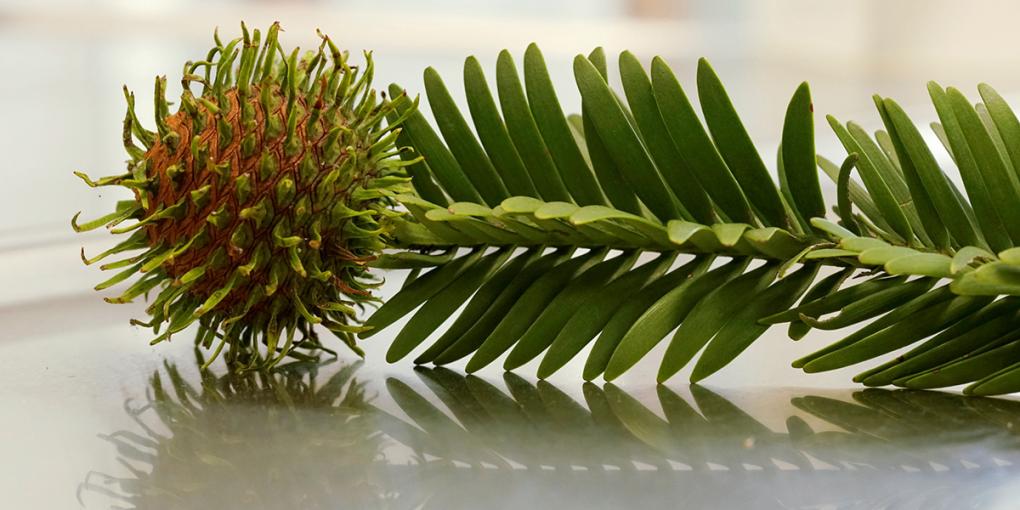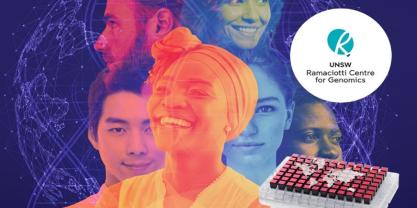Study: Genetic diversity in Wollemi pine discovered for first time

Scientists at the Royal Botanic Garden Sydney and UNSW have discovered genetic differences between individual specimens of the ancient Wollemi pine using the latest and most advanced genomic techniques.
Although only a small amount of genetic variation was identified, the find represents both a major breakthrough in the race to save the extremely rare tree as well as a major milestone in the rapidly progressing field of plant genetics.
The Wollemi pine (Wollemia nobilis) was thought to have been extinct before a park ranger on a bushwalking holiday in 1994 abseiled into a secluded canyon in the Blue Mountains west of Sydney and discovered the conifer was still growing there.
The species now lives in the wild in just four secret sites within one canyon system in the Wollemi National Park, but fossil evidence suggests it was once widespread across Australia.
With the wild population so small, the species is considered critically endangered and is the subject of a variety of research projects to ensure its survival against fire, climate change and disease.
Although able to reproduce both sexually and through self-fertilization, the Wollemi pine has low fertility rates and only 10% seed viability, research shows. A genetic analysis of the wild populations in 2003 did not reveal any differences between individual trees, including the thousands that have been propagated and sold worldwide.
The researchers used fresh leaf samples from 20 wild individuals and an additional 45 trees of known provenance growing at the Australian Botanic Garden Mount Annan.
These samples represented all accessible trees in the wild, to ensure maximum coverage in the hunt for differences in DNA.
Sequencing was carried out at the Ramaciotti Centre for Genomics at UNSW, while DNA preparation and data analyses were performed at the Royal Botanic Garden Sydney.
The study is published in the Australian Journal of Botany.
The results of the sequencing, using DNA from chloroplasts, which are parts of the plant cell where photosynthesis occurs, revealed three distinct genetic groups or chlorotypes.
Study senior author Dr Maurizio Rossetto, of the Royal Botanic Garden, says this is a fascinating outcome: “We think this is the first time that this sort of sequencing has been used to identify genetic differences within an endangered species with previously undetectable variation.”
Dr Rossetto is thrilled at the potential applications of this information: “Knowing that we have different genetic individuals will allow us to select the right mix when we save seeds, propagate plants and prepare new wild sites, or translocations.
“In the past getting detailed genetic information was too expensive and time consuming. I can see it becoming a fundamental part of all future conservation work,” he says.
UNSW Professor Marc Wilkins, director of the Ramaciotti Centre for Genomics, told the Sydney Morning Herald that the latest in DNA sequencing technology was used: "It allows us to generate gigabases [millions of bases] of DNA sequence a day. That's the equivalent of tens of human genomes a day.
"Chloroplasts are relatively small – about the size of bacteria in terms of DNA. It means we can sequence thousands a day. The accuracy is just astonishing," he said.
Original article from UNSW Science
UNSW Science media contact: Deborah Smith, 9385 7307, 0478 492 060, deborah.smith@unsw.edu.au



